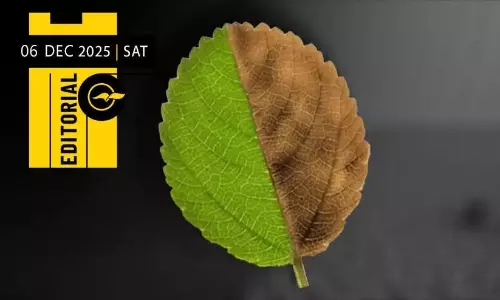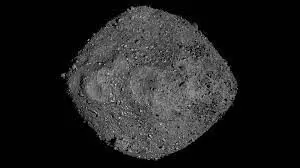
Asteroid Bennu's surface is covered in pebbles: NASA
text_fieldsAsteroid Bennu, discovered in 1999, has been fooling scientists at NASA. Until now, it was believed that the rock had a smooth and plain surface. But NASA's OSIRIS-REx spacecraft found that the surface of Bennu is like a pit of plastic balls.
The data gathered by the spacecraft revealed that Bennu's surface is made of loosely packed particles. OSIRIS-REx collected samples from the asteroid in October 2020 and took some close-up pictures.
Experts said the images are "really frightening".
Dante Lauretta, the principal investigator of OSIRIS-REx, said the team saw "a huge wall of debris radiating out from the sample site". "We were like, Holy cow!" "We expected the surface to be pretty rigid, kind of like if you touch down on a gravel pile: a little bit of dust flying away and a few particles jumping up," he added.
Experts decided to look closer when the spacecraft experienced an unusually gentle landing. Apparently, the surface of the asteroid is covered in pebbles. The close-up pictures showed the volume of the debris before and after the spacecraft landed. The team also analysed the acceleration data during the spacecraft's landing.
Ron Ballouz, an OSIRIS-REx scientist said the spacecraft was still plunging into the asteroid when it fired thrusters to leave the surface.
The team also noticed a large crater measuring 8 metres wide. This was made due to the touchdown. Lauretta said OSIRIS-REx barely made a divot every time the team tested the sample pickup procedure in the lab.
Scientists are now studying the density and cohesion of the asteroid using acceleration data, images, and simulations. NASA is studying the space object to assess its mass and distribution.
The asteroid is a potentially hazardous object that has a cumulative 1-in-1,800 chance of impacting Earth between 2178 and 2290. It is named after an ancient Egyptian mythological bird associated with the Sun, creation, and rebirth.























